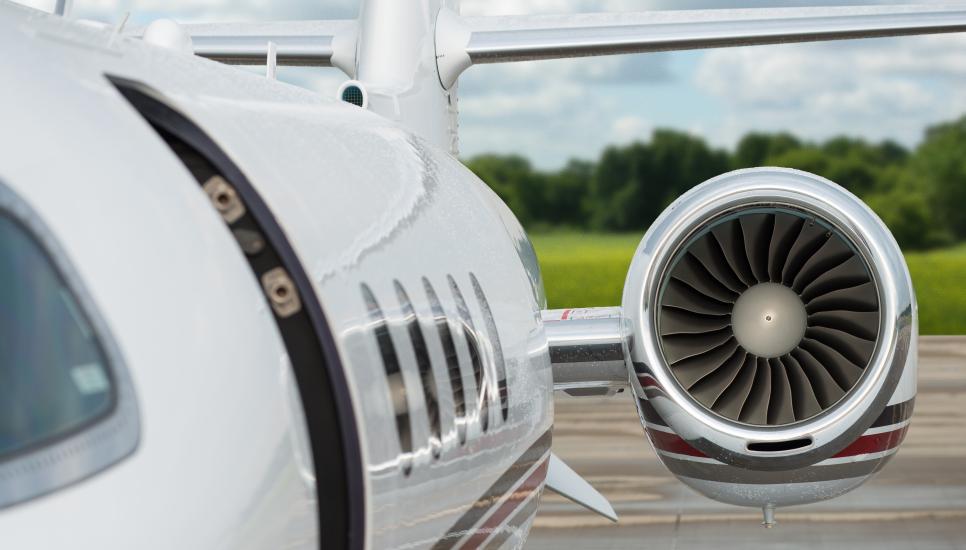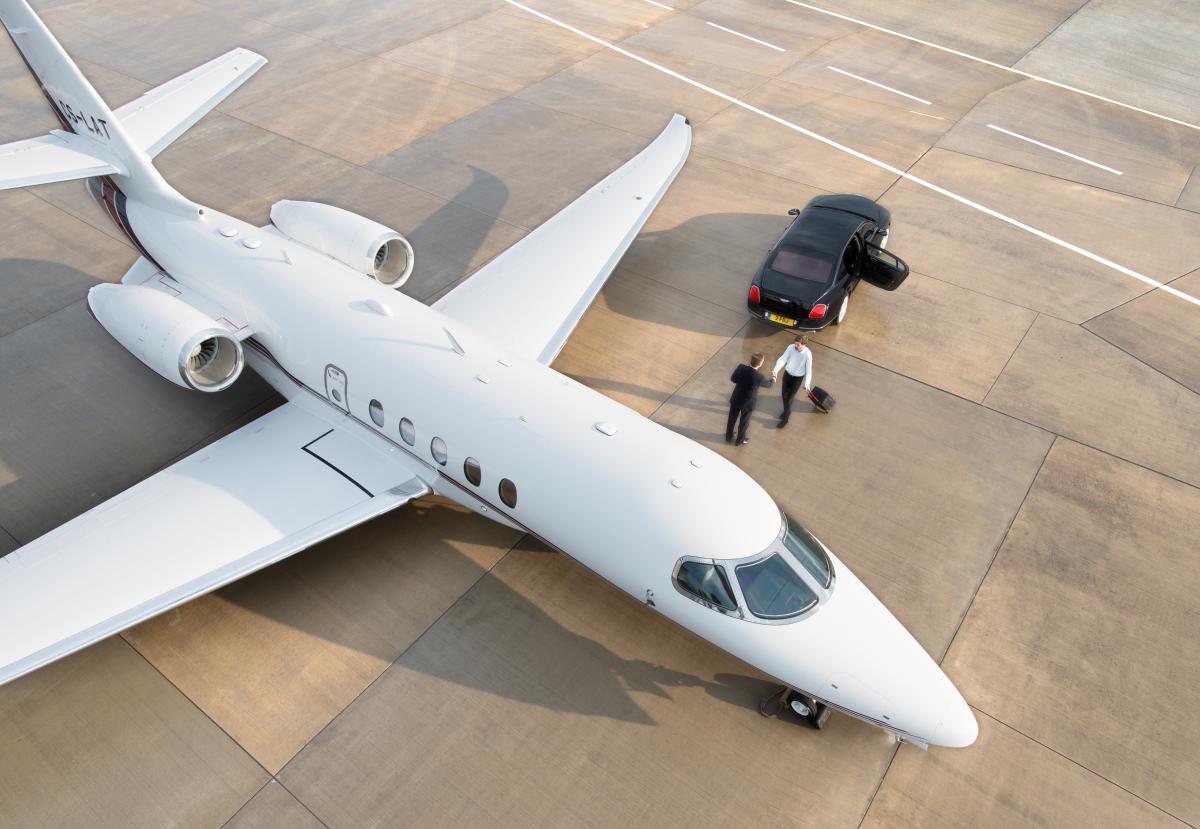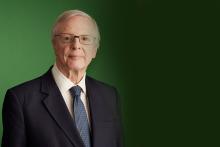Private jets hit turbulence over crews, carbon and coronavirus

Following a similar pattern to the SARS coronavirus outbreak in 2003, the spread of the COVID-19 coronavirus has further exacerbated the shortage of private jets and crew. While specific figures for chartered jet flights are not publicly available, it is reported that a number of operators have seen a steep increase in interest due to the outbreak.
Air travel can be unavoidable in certain businesses, so those that need to fly are looking for ways to minimise their exposure to the outbreak. Travelling by commercial airlines involves passing through a public airport with crowds and spending a prolonged period of time in close confines with a large number of potentially unwell people. This makes the appeal of organising a jet for between four and 20 people, and boarding and disembarking without using a public terminal, all the more obvious.
 Another factor contributing to the increase in interest in business jet travel is the partial suspension of commercial airline flights in affected areas, including mainland China and Hong Kong. Where possible, some passengers have instead resorted to chartering private jets to travel to and from those affected locations. However, the number of private charter flights available to these places is reduced as there are concerns among operators that planes may be grounded indefinitely if a travel ban is imposed. Similarly, crews are concerned about being quarantined, or the possibility of a compulsory 14-day self-quarantine after visiting an affected area.
Another factor contributing to the increase in interest in business jet travel is the partial suspension of commercial airline flights in affected areas, including mainland China and Hong Kong. Where possible, some passengers have instead resorted to chartering private jets to travel to and from those affected locations. However, the number of private charter flights available to these places is reduced as there are concerns among operators that planes may be grounded indefinitely if a travel ban is imposed. Similarly, crews are concerned about being quarantined, or the possibility of a compulsory 14-day self-quarantine after visiting an affected area.
This sudden interest in private jets has increased the existing overdemand in business aviation pilots and crew (in the aviation sector “business aviation” refers to business and privately-operated jets in contrast to “commercial aviation”). The main issue appears to be the growing number of business jets, creating growing demand for pilots. Both existing and newly qualified pilots are attracted to working for commercial airlines where the pay is attractive and typically more stable than in business aviation. Not only are commercial airlines growing with a requisite demand for pilots, they also face more senior pilots reaching retirement age. Boeing have said that 800,000 new pilots may be needed in the next 20 years. One solution being proposed for mid-size and larger business jets is to have a lone pilot instead of the usual two but that, understandably, is a controversial issue.
 In the long term autonomous aircraft with AI are sure to come into play; they are already being tested. They are certain to be electrically powered; which may make the aviation industry less of a popular target in the climate change debate. Celebrities and some royals have come under attack recently for travelling multiple trips in private jets in terms of their carbon footprint. While of course the amount of fuel burnt and CO2 emissions are far lower than in the case of a commercial jet, the individual carbon footprint per passenger is far greater. Also, many journeys of business jets are devoid of passengers with the aircraft simply being repositioned for their customers’ convenience. Elton John famously has said that his contributions to a carbon offsetting company, means that his private jet journeys are “carbon neutral”, but critics allege that the effect of planting trees in neutralising those carbon emissions will be too little too late.
In the long term autonomous aircraft with AI are sure to come into play; they are already being tested. They are certain to be electrically powered; which may make the aviation industry less of a popular target in the climate change debate. Celebrities and some royals have come under attack recently for travelling multiple trips in private jets in terms of their carbon footprint. While of course the amount of fuel burnt and CO2 emissions are far lower than in the case of a commercial jet, the individual carbon footprint per passenger is far greater. Also, many journeys of business jets are devoid of passengers with the aircraft simply being repositioned for their customers’ convenience. Elton John famously has said that his contributions to a carbon offsetting company, means that his private jet journeys are “carbon neutral”, but critics allege that the effect of planting trees in neutralising those carbon emissions will be too little too late.
So where are we on the much-vaunted electric aircraft? Well presently there are no electric powered aircraft operating commercially. There are several companies developing and testing electric planes and last year’s Paris air show featured the first protype all-electric aircraft. Manufactured by Israeli firm Eviation, the plan is for the nine seater’s commercial launch in 2022. Several other manufacturers are developing electric aircraft and the race is on to see who will be up there first. There is also talk of retrofitting existing aircraft with electric motors and batteries. In that business jets are predominantly small aircraft with shorter flying distances they are certain to lead the way.
 For now business families are likely to continue to utilise their conventional private jets, not least in the context of the perceived present risks involved in commercial airline travel, but some may well now look at trying to balance out their carbon footprint by investing in environmental projects via one or other of the carbon offset schemes.
For now business families are likely to continue to utilise their conventional private jets, not least in the context of the perceived present risks involved in commercial airline travel, but some may well now look at trying to balance out their carbon footprint by investing in environmental projects via one or other of the carbon offset schemes.






